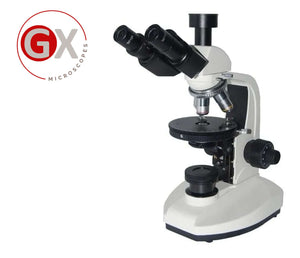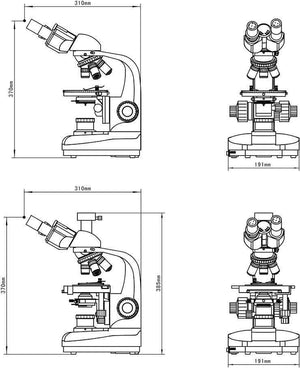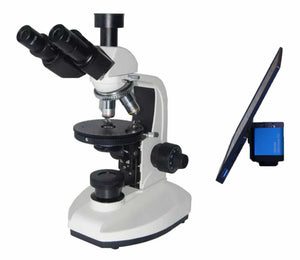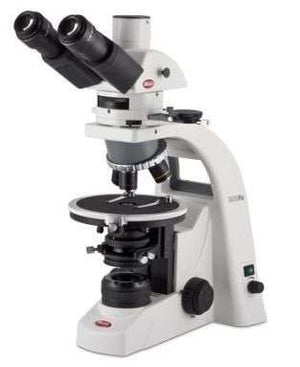Skip to product grid
Load more
-


GXM-JPL1350T 40X-400X, Teaching, Trinocular, Transmitted Light, Polarising Microscope
Regular price £438.90Regular price -


GXM-JPL135 Polarising Microscope 40X-400X, Monocular, Transmitted Light
Regular price £296.10Regular price -


GX Microscopes XPLPoltec-5 Trinocular Transmitted Illumination Polarising Microscope- Compact Stand
Regular price £1,787.20Regular price -


iScope Upright Polarising Microscope Range
Regular price From £2,392.72Regular price -


Delphi-X Upright Polarising Microscopes Range
Regular price From £7,819.68Regular price -


EcoBlue Upright Polarising Microscopes Range
Regular price From £476.08Regular price -

JPL-1350T-DIGI Digital Polarising Microscope
Regular price £1,018.14Regular price -


GX Microscopes XPLPoltec-4 Binocular Transmitted Illumination Polarising Microscope- Compact Stand
Regular price £1,678.60Regular price -


GX Microscopes XPLPoltec-3 Binocular Transmitted Illumination Polarising Microscope
Regular price £2,476.10Regular price -


GX Microscopes XPLPoltec-2 Trinocular Transmitted Illumination Polarising Microscope
Regular price £2,645.50Regular price -


GX Microscopes XPLPoltec-1 Trinocular Transmitted and Reflected Illumination Polarising Microscope
Regular price £3,884.10Regular price -


GX Microscopes XPL5-DIGI Polarising Digital Microscope With Display Screen
Regular price £2,367.45Regular price



























